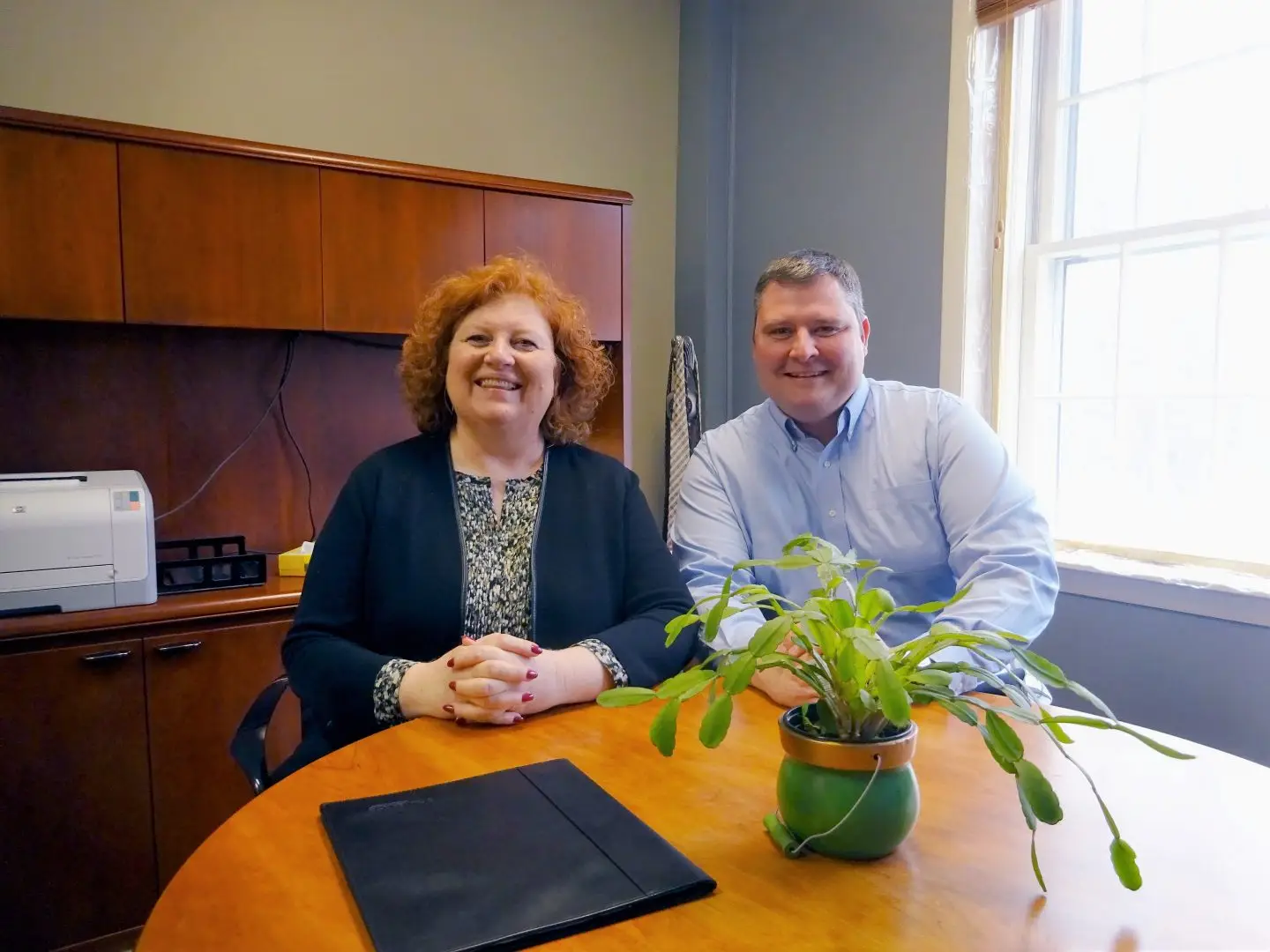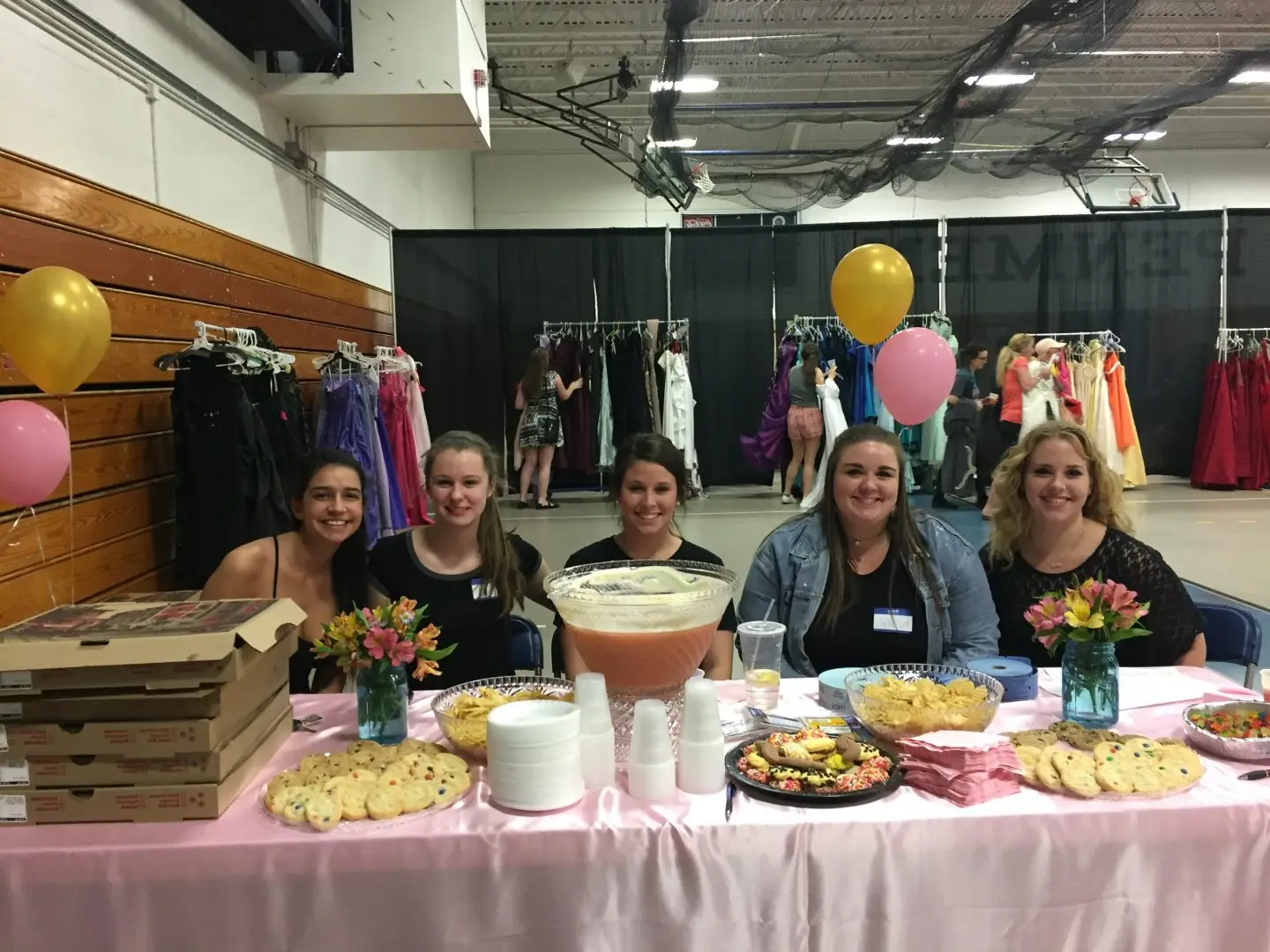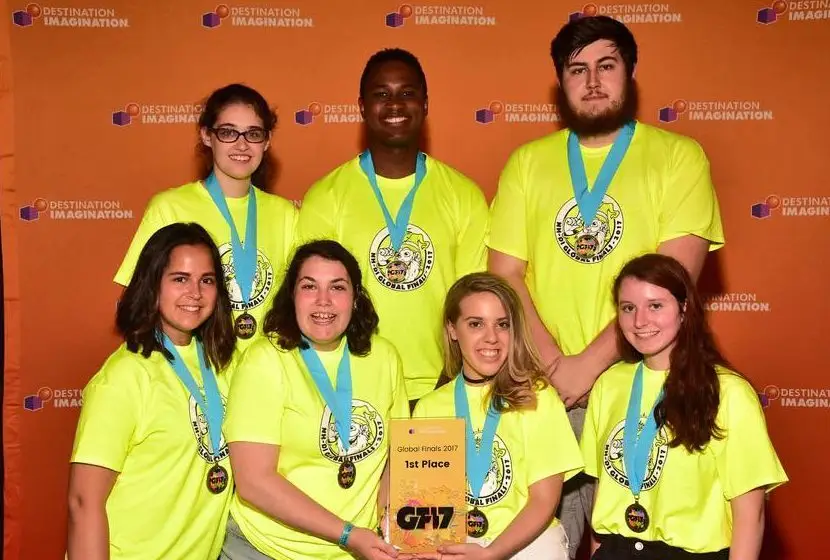SNHU’s computer science department hosted the SETA Cup on March 25, the university’s first competitive programming event since 2019. During the three-hour competition, students worked in teams of two and three to solve six challenging algorithms.
“The team that puts in the answer and gets it right the first time gets no points subtracted, but if [they] have one incorrect submission, [they] will have some points subtracted, and if [they] have two incorrect submissions, [they] will have a little bit more subtracted from [their] score,” said Jack Canducci, Computer Science Student Association (CSSA) Vice President.
Some questions went unanswered, but Catherine Gallaher (‘22) and Dylan Bryant (‘22) on team “Git Good” cracked four of the six questions in 120 minutes and went on to win first place and the $999 prize.
“I have been doing a lot of competition problems that I find online. If I don’t have any homework, I will just do those. Over the last three weeks, I’ve probably spent twenty hours doing random problems in Python,” said Bryant.
Team “Git Good” used their spare time during the competition to reanalyze past problems. “We’ve been thinking about strategy, how to make our solutions faster and more efficient,” said Gallaher.
Gallaher and Bryant said they have been working on algorithms since their freshman year at SNHU. They even used the problems from the 2019 SETA Cup in their own fake competition. “I remember when we were freshmen and had a third teammate. We were only able to finish four of those [questions] in three hours. Just the two of us were able to finish all six in [100 minutes],” said Gallaher.
During this year’s competition, each team was required to solve various problems, such as navigating through a maze.
“It’s hard to tell the code how to navigate through a maze using only…symbols, we passed the two test cases we were given to start but the test cases they had in their system failed us,” said Bryant.
Another problem they faced was finding probabilities during the coin-flip challenge. “The coin one was difficult because I knew what was supposed to happen. I knew we needed to use binomial distributions for it, [and] I knew that from the very beginning, just by reading that we would need combinatorics and binomial distributions, but I couldn’t remember the formulas,” said Gallaher.
Up to five teams didn’t finish or submit a single problem. “[If] they didn’t even submit an incorrect problem, then you have made it too hard. So, I think they definitely misjudged that a lot. On the other hand, [lowering the difficulty of the problems] would have made it a lot easier for us. I think if you are advertising a competition to be freshmen-friendly, then this is not,” said Gallaher, and Bryant agreed.
“This would definitely not encourage freshmen to want to do it again, but maybe it encourages them to do it again when they are seniors,” said Bryant.




